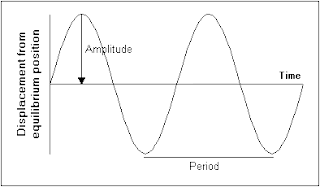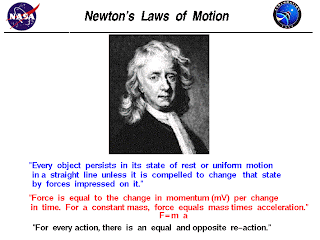
Elasticity : All most all the substances can be more or less be deformed by applying suitable deforming forces. Some of the substance regain their original shape and size on the removal of deforming force. The property of the substance due to which it regain its original shape and size on the removal of deforming forces is known as elasticity. The substance which completely regain its original shape and size on the removal of deforming forces are known as perfectly elastic but the substance which completely retain its changed dimensions are known as perfectly plastic.
Stress : Whenever a deforming force is applied to bring a change in the dimensions of the substances then the intermolecular force opposes any deformation. This intermolecular force per unit area is known as stress.
In equilibrium the intermolecular force is equal to the applied force. Hence, stress is measured by deforming force per unit area in equilibrium.
Stress= Deforming force/ Area
Types of stress
1. Tensile stress 2. Normal stress & 3. Tangential stress
Strain :The change in dimension per unit original dimension is known as strain.
Types of strain
1. Longitudinal strain 2. volumetric strain & 3. Shear strain.




























